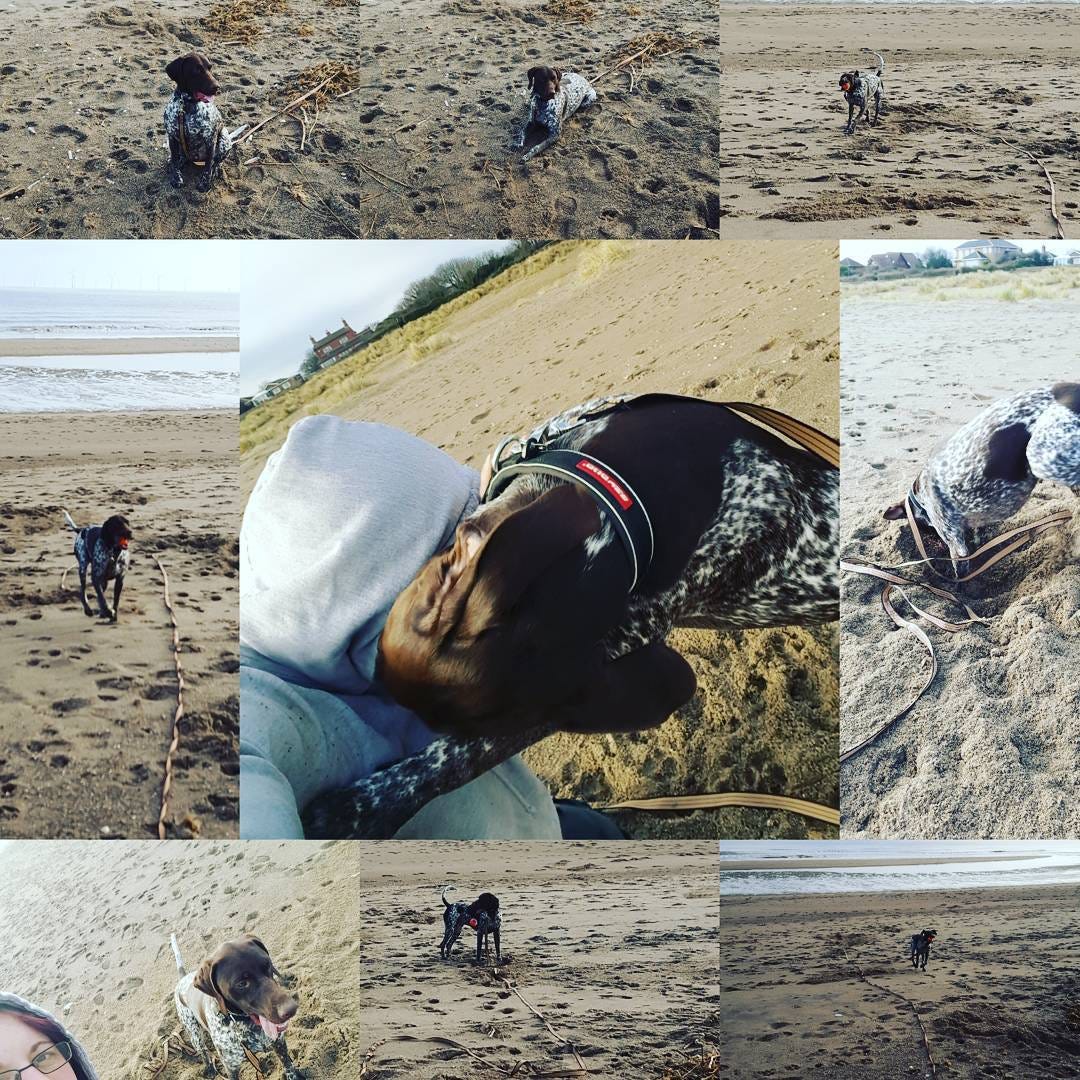For years, we’ve used the term reactive dog to describe dogs who bark, lunge, growl, or otherwise “overreact” to triggers in their environment. But what if the word reactive doesn’t tell the full story?
When we call a dog “reactive,” it can sound as though they’re a problem to fix — a behaviour to suppress. Yet underneath that label is a dog who isn’t being bad; they’re having a hard time. That’s why I prefer the term emotionally challenged.
Words Shape Perception
Language matters. The words we use shape how we think, feel, and respond — both to dogs and to the people living with them.When we describe a dog as reactive, our minds often jump to “control,” “obedience,” or “training.” It suggests a surface-level issue. But when we say a dog is emotionally challenged, we immediately acknowledge there’s something deeper going on: an emotional struggle that needs understanding and support.
It’s not about stopping the bark — it’s about healing the feeling.
Check out my past blog; Why language Matters
Emotional Challenge, Not Disobedience
Emotionally challenged dogs are often overwhelmed by their internal world or environment.They may struggle with anxiety, fear, frustration, trauma, or sensory overload. Their responses — barking, growling, lunging, freezing — are communication, not defiance.
Think of it like this:
A dog who growls when a stranger approaches may be saying, “I’m scared, please give me space.”
A dog who barks at another dog might be saying, “That’s too close, I don’t feel safe.”
When we see the emotion behind the behaviour, we move from punishment to partnership.
Why the Shift in Language Matters
Calling a dog emotionally challenged instead of reactive changes everything about how we help them:
It builds empathy. Guardians stop feeling embarrassed or frustrated and start feeling compassion and curiosity.
It invites collaboration. Vets, trainers, and behaviourists work together to address the dog’s physical and emotional wellbeing — not just their outward behaviour.
It recognises trauma and sensitivity. Many dogs who react strongly have lived through fear, pain, or unmet needs.
It empowers guardians. Instead of thinking, “My dog is naughty,” they begin to understand, “My dog is struggling — and I can help.”
From Labels to Lives
Every emotionally challenged dog is an individual with a story. Some were undersocialised, some experienced pain or fear, and some simply feel the world more deeply — like highly sensitive people do.
By changing our language, we change their story. We move from judgement to understanding, from suppression to support. We stop asking, “How do I make it stop?” and start asking, “What does my dog need to feel safe?”
From Reactive to Relational
In my Zero to Hero series, I talk a lot about rebuilding emotional safety. It’s about teaching guardians to listen — to notice subtle cues, to support their dogs through fear, and to celebrate every small victory.Because emotionally challenged dogs aren’t broken. They’re trying their best with the tools they have. Our job is to give them better ones.
When we change the language, we change the outcome. And that’s where healing begins.
If you share your life with an emotionally challenged dog, please know this: you’re not alone, and neither is your dog. You don’t have a “bad dog.” You have a sensitive soul asking for help in the only way they know how.
Understanding begins with empathy — and empathy begins with the words we choose.



